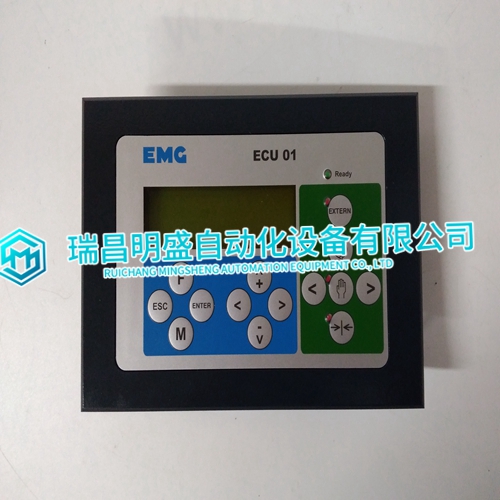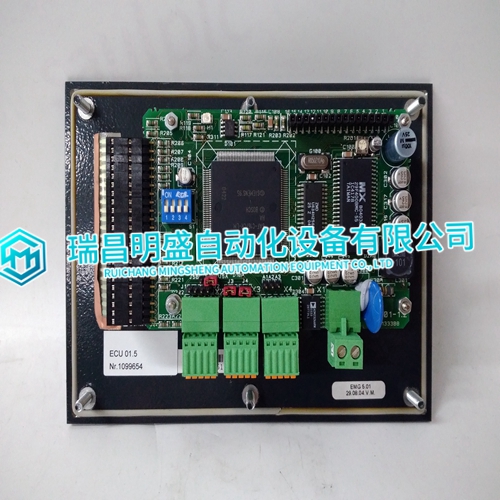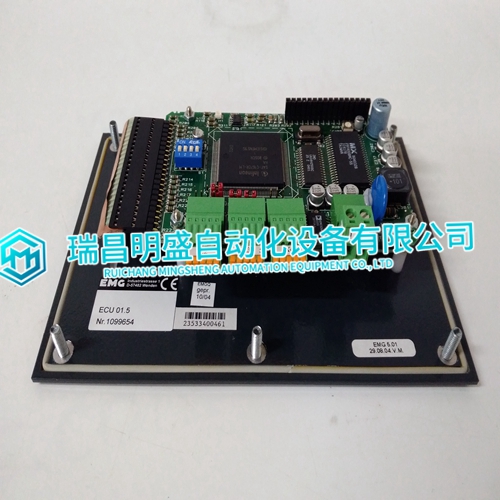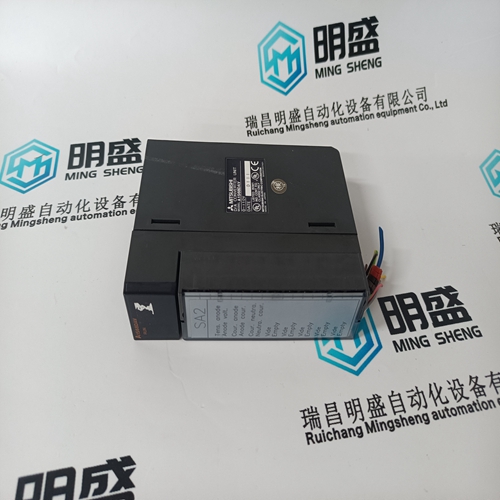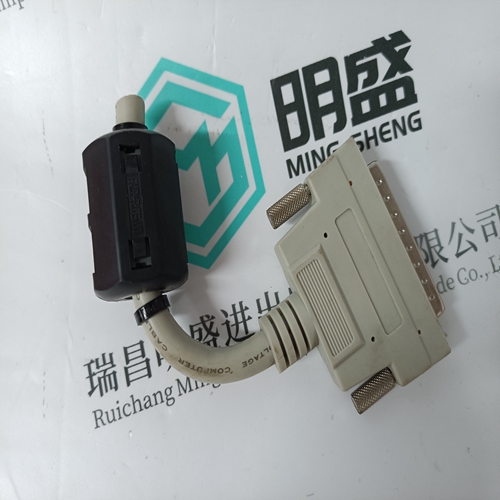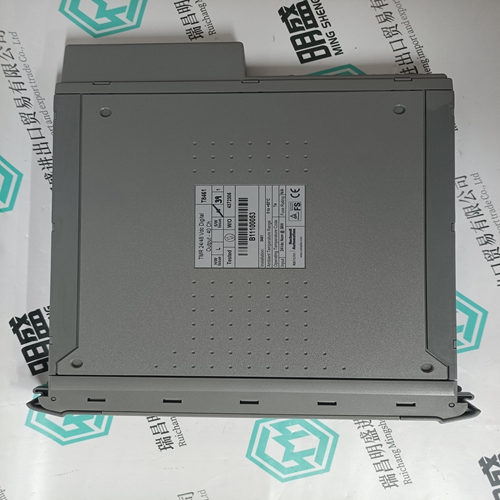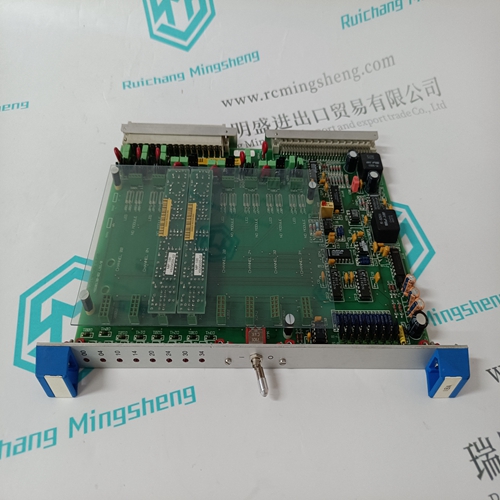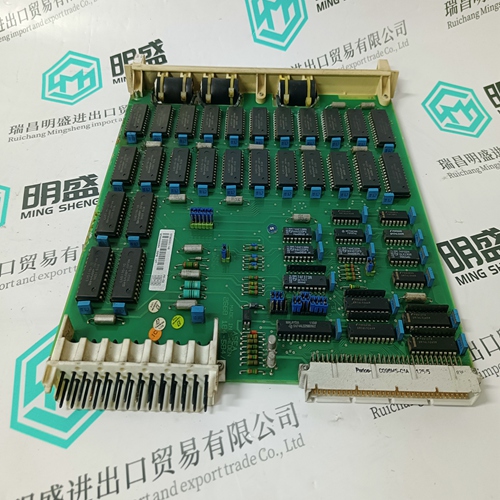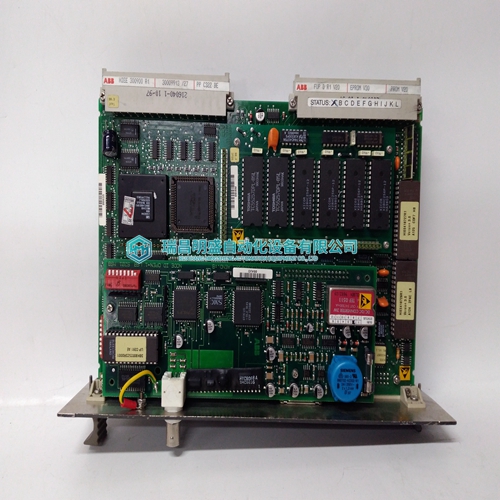Home > Product > Robot control system > EMG ECU01 ECU01.5 Touch screen
EMG ECU01 ECU01.5 Touch screen
- Product ID: ECU01 ECU01.5
- Brand: EMG
- Place of origin: The United States
- Goods status: new/used
- Delivery date: stock
- The quality assurance period: 365 days
- Phone/WhatsApp/WeChat:+86 15270269218
- Email:stodcdcs@gmail.com
- Tags:EMGECU01ECU01.5Touch screen
- Get the latest price:Click to consult
EMG ECU01 ECU01.5 Touch screen
Voltage Raise and Lower Inputs The Voltage Raise and Lower inputs change based on the control mode of the EGCP-2. If the EGCP-2 control is in the Speed control mode (generator breaker open), these contact inputs can be used to raise and lower unit voltage. If the EGCP-2 control is in the VAR control mode (VAR control programmed, generator breaker closed, utility tie breaker closed), these contact inputs can be used to raise and lower unit VARs. If the EGCP-2 control is in the Power Factor control mode (Power Factor control programmed, generator breaker closed, utility tie breaker closed), these contact inputs can be used to raise and lower unit Power Factor. If the EGCP-2 control is in the isochronous load sharing mode, the Voltage Raise and Lower inputs are disabled.
Gen, Tie, Alarm, and Shutdown Inputs
The Generator Breaker contact input must be wired so it is closed when the generator breaker is closed.
The Utility Tie Breaker contact input must be wired so it is closed when the utility tie breaker is closed. The Configurable Alarm or Shutdown Inputs must be wired so they are closed when the alarm or shutdown condition is true.
CAUTION—PROTECT DISCRETE INPUTSDo NOT apply external power to the Discrete Inputs. The application of an external voltage to terminal 65 will result in permanent damage to the control.
Relay Outputs
Twelve (Form C type) Relay Outputs are used by the EGCP-2 control to interface with system devices. Before installation verify that the EGCP-2’s relay contacts meet the power requirements of the circuit with which it is being interfaced. Interposing relays are required in cases where the interfaced circuit demands relay contacts with a higher power rating. If interposing relays are required, it is recommended that interposing relays with surge (inductive kick-back) protection be used.
The following is a list of the available EGCP-2 Relay Outputs: ID# Description
1. Mains (Utility) Breaker Close/Contactor Close
2. Gen Breaker/Contactor Close
3. Engine Preglow
4. Fuel Solenoid
5. Engine Crank
6. Visual Alarm Relay

